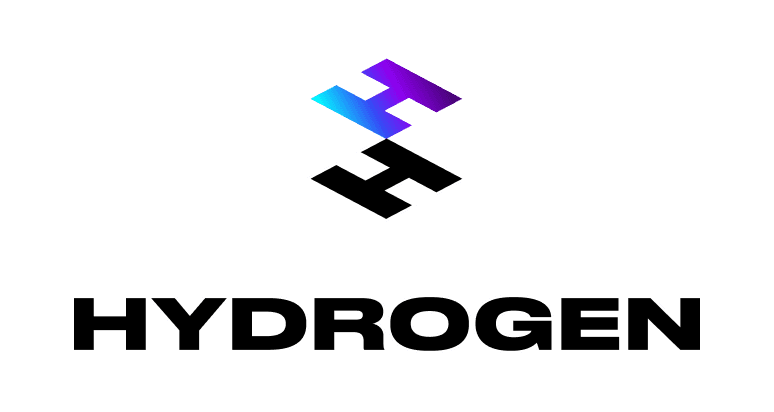Headless Commerce Development Specialists

OK with static site generation?
Looking for an alternative headless go to market solution?
Gatsby and Shopify play well together and could work nicely for you (especially if you have a smaller catalog/product list). Fast time to market, lightning fast and completely customizable.
Want to find out more? BOOK A CALL with us to discuss.

Shopify-powered
The official, Shopify-powered approach to headless storefronts.
Hydrogen is a React-based framework for building dynamic, Shopify-powered custom storefronts. This is easily considered one of the best approaches if you are currently using (or considering) Shopify Plus and is an especially efficient way to go if you are considering headless.
BOOK A CALL with us to discuss next steps!

There's a LOT of info already out there about headless. But since you're here, what is headless Commerce?
Headless commerce development separates a system's frontend and the backend to provide ultimate flexability with web design. Our team of specialists lead your vision, and eliminate limitations to achieve your ideal headless design solution.
Benefits of headless Commerce
Headless Commerce has a lot of advantages that help your website behind the scenes. Here are few of them:
1. Flexibility and familiarity for developers. Increased flexibility and development speed.
- By decoupling the frontend and the backend, headless eCommerce allows making whatever modifications you want, without the fear that your website will slow down.
- Since the frontend and the backend of the headless eCommerce site are independent of each other, the development team can apply new functionalities and integrations faster. Development speed is increasing because many changes of the user interface do not have to be done on the backend.
- Flexibility of development allows amazing UX / UI which have a positive influence on the conversion rate.
- Headless commerce enables brands to choose the ecommerce platform that works best as the engine for their online store while also working with the frontend of their choice, be it a CMS, a DXP, a PWA or a custom solution.
2. Advanced technologies to create visionary, fast websites.
- Headless allows for more flexibility in content delivery because you can connect a CMS, DXP, or Internet of Things device (IoT) that is specifically designed for creating content- or experience-led commerce. You can then swap out the front-end without affecting the backend operations.
This method allows for a much faster delivery than traditional ecommerce platforms and lends itself to a better customer experience.
3. Speed to market for international, omnichannel GTMs.
A headless solution is easily replicable across the board, optimized for international SEO and connected to the overall data orchestration infrastructure.
4. Better SEO performance
- SEO is the process of improving your rank in search engines to help potential customers find your marketplace. With headless Shopify you have full control over your SEO tactics. A high position in search engine has a major impact on the number of visitors.
- One of the most important things is your site speed. Google has indicated it as one of the factors used by their algorithm to rank pages. With a headless solution you can fix performance issues that cannot be solved while using standard Shopify storefront.
5. Conversion rates and lower customer acquisition costs.
Headless is an effective way of reducing these costs because your brand can use a content- or experience-led strategy to draw in organic traffic instead of relying on paid advertising. Dynamic and smooth customer experiences also help increase conversion rates.
The biggest drawbacks of headless commerce
1. Headless commerce can be expensive
- You may need to invest in developer or infrastructure costs that can add up quickly. If you aren’t looking for a large investment, headless commerce may not be for you.
2. It’s another tool that requires oversight
- Headless commerce isn’t just expensive to implement, it can also be costly and complicated to manage.
3. Headless commerce limits native functionality of the e-commerce platform
- Some key features, like how promotions are displayed, can be limited with a headless commerce configuration. Functionality is limited to whatever your CMS supports, so be sure to investigate. Confirm that your CMS allows for 3rd party tools, the ability to have federated search with content and product results and the ability to connect to an eCommerce solution for products, catalogs, pricing and promotions. Where there are gaps, custom development will be required to support.
other considerations

Is Shopify Plus headless?
Shopify Plus uses a hybrid, or retrofitted, approach that allows retailers to attach its storefront API to a monolithic platform architecture. It provides only the frontend and transactional ecommerce data, so a retailer needs to attach a backend content management system (CMS). Many Shopify Plus retailers taking this approach opt to pair Shopify Plus with a Contentful CMS.
